Disinfectant & Fogging COVID-19 Services
Maintaining a clean and germ-free environment has become more important than ever. Our Disinfectant and Fogging Services in Canada are designed to help homes, offices, and commercial spaces stay safe from harmful pathogens, including viruses such as SARS-CoV-2 (COVID-19), influenza, and other infectious bacteria.
At Smirac Facility Solutions, we combine advanced disinfecting techniques with industry-approved cleaning agents to provide reliable and safe commercial disinfection services for workplaces, healthcare facilities, schools, warehouses, and more.
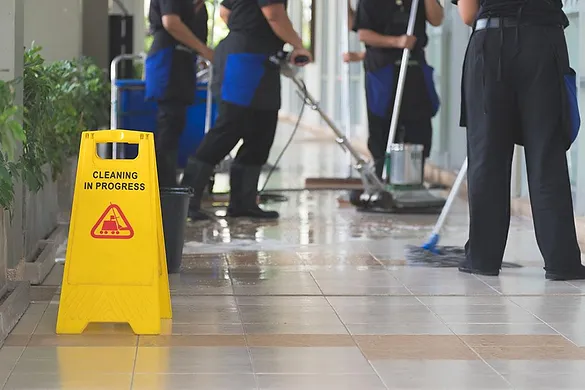
Before any disinfectant is applied, all surfaces are thoroughly cleaned to remove visible dust, dirt, and organic matter.
Cleaning is the first and most important step—it ensures that disinfectants can reach pathogens more effectively. Our trained professionals use eco-friendly and Health Canada-approved products to prepare your environment for optimal disinfection results.
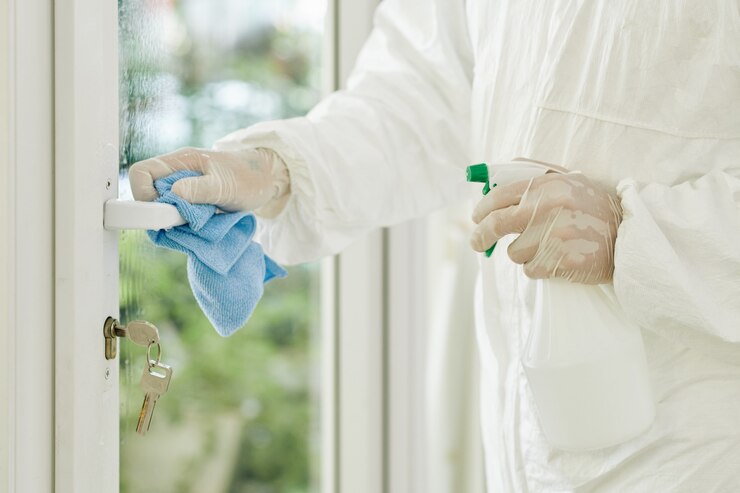
Different viruses and bacteria require different disinfectant formulations.
Our team carefully selects the right disinfectant based on the type of environment and the pathogens most likely to be present. We only use EPA and Health Canada-approved disinfectants proven to be effective against COVID-19, influenza, and common workplace bacteria.
Whether it’s a small office, a retail outlet, or a high-traffic commercial facility, we tailor our solutions for complete protection.
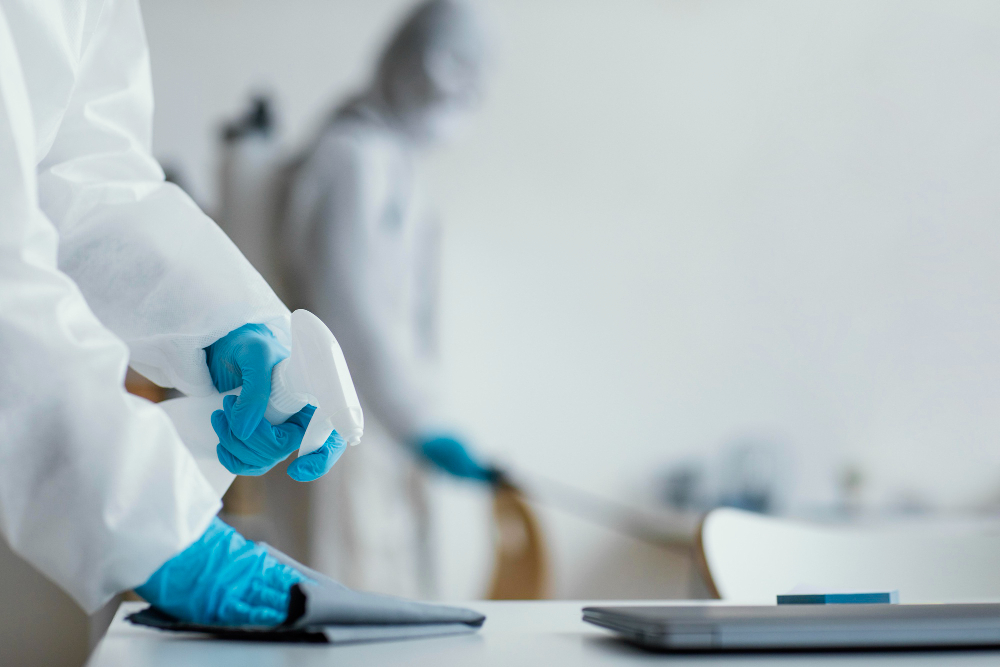
Disinfectants need adequate contact time—also known as dwell time—to properly neutralize microorganisms.
Our cleaning experts strictly follow manufacturer guidelines to ensure every surface receives the correct exposure time for maximum effectiveness. This attention to detail guarantees that pathogens are completely eliminated rather than partially reduced.
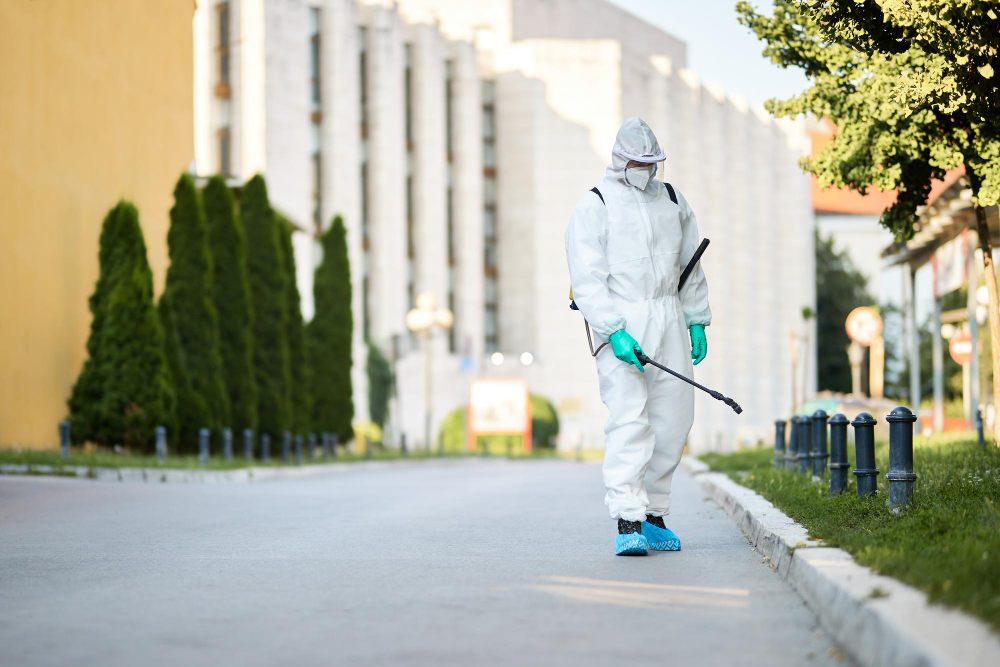
We use multiple disinfectant application techniques, including spray, wipe, and electrostatic disinfection, to provide complete coverage across various surface types.
Wipes and sprays are ideal for small, frequently touched areas like doorknobs and switches.
Electrostatic sprayers allow for even coating on irregular surfaces, reducing the risk of missed spots.
These techniques help maintain high hygiene standards across commercial and residential spaces throughout Canada.

Safety is our top priority. Our disinfecting products are non-toxic, environmentally friendly, and handled by professionals equipped with appropriate Personal Protective Equipment (PPE).
We follow all Canadian health and safety guidelines, ensuring well-ventilated environments during and after application. Every project is carried out under strict compliance with Occupational Health and Safety (OHS) standards.
Fogging is a highly effective method for disinfecting large or hard-to-reach areas. It transforms disinfectant solutions into a fine mist or fog, ensuring that every surface, corner, and crevice is covered. This method is ideal for offices, warehouses, healthcare facilities, schools, public transportation vehicles, and retail environments.

The disinfectant solution is atomized into tiny droplets using specialized fogging equipment. This creates a mist that can cover surfaces and even penetrate into crevices and hard-to-reach areas.

Fogging provides more uniform coverage compared to manual cleaning methods, which can help ensure that all surfaces are treated.

Fogging is often used in spaces like offices, warehouses, schools, public transportation, and healthcare facilities.
Fogging allows disinfection of ceilings, ventilation ducts, and high surfaces—perfect for complex environments.
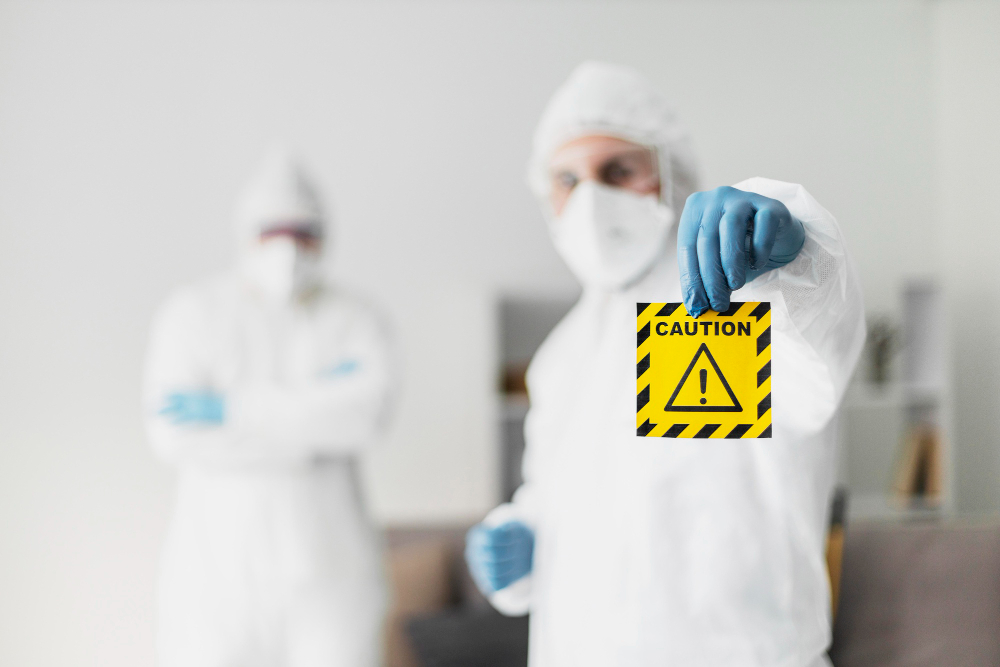
While fogging is safe when handled professionally, we maintain strict safety measures:
Use of Health Canada-approved disinfectants only.
Staff equipped with full protective gear (PPE).
Proper ventilation and re-entry time after fogging.
Adherence to Health Canada and CDC recommendations for commercial disinfection.
We ensure your premises are safe to reoccupy quickly—usually within a few hours after treatment.

Just like surface disinfection, fogging requires sufficient dwell time to allow the disinfectant to fully eliminate bacteria and viruses. We ensure every treated space meets the required contact duration before reopening for use.
Disinfectant and fogging services are powerful tools in maintaining a hygienic environment, but they work best as part of a comprehensive cleaning plan.
Our experts recommend combining routine janitorial cleaning, periodic disinfection, and proper ventilation to achieve long-term protection.
Whether it’s a corporate office, school, medical facility, or industrial warehouse, Smirac Facility Solutions offers custom cleaning plans designed to match your environment’s unique needs and traffic patterns.
Trusted commercial cleaning and disinfecting company in Canada
Experienced staff trained in COVID-19 disinfection protocols
Use of eco-friendly and certified disinfectants
Available for regular maintenance or emergency disinfection
Competitive pricing and flexible service schedules
Protect your employees, clients, and community with professional Disinfectant and Fogging Services in Canada.
Contact Smirac Facility Solutions today to schedule an assessment and get a custom cleaning and disinfection plan that suits your facility’s size and safety requirements.